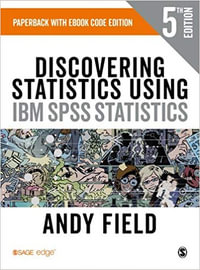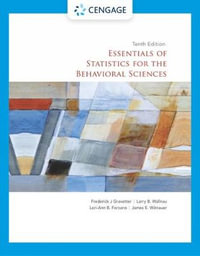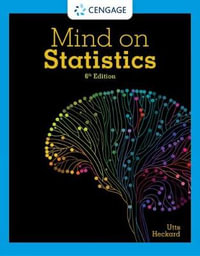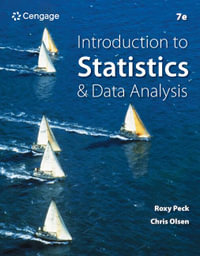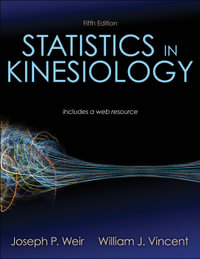A unique companion for statistical coders, Using SAS for Data Management, Statistical Analysis, and Graphics presents an easy way to learn how to perform an analytical task in SAS, without having to navigate through the extensive, idiosyncratic, and sometimes unwieldy software documentation. Organized by short, clear descriptive entries, the book covers many common tasks, such as data management, descriptive summaries, inferential procedures, regression analysis, multivariate methods, and the creation of graphics.
Through the extensive indexing, cross-referencing, and worked examples in this text, users can directly find and implement the material they need. The text includes convenient indices organized by topic and SAS syntax. Demonstrating the SAS code in action and facilitating exploration, the authors present example analyses that employ a single dataset from the HELP study. They also provide several case studies of more complex applications. Datasets and code are available for download on the book's Web site.
Features
Presents worked examples that highlight the most useful portions of the extensive SAS language
Covers various aspects of data management, from reading and exporting data to mathematical functions, logic, coding, and simulations
Describes a wide variety of statistical tests and models, including linear regression and ANOVA, logistic and Poisson regression, models for clustered or correlated data, and more
Shows how to control output using ODS
Highlights the new graphics of SAS 9.2
Helping to improve your analytical skills, this book lucidly summarizes the features of SAS most often used by statistical analysts. New users of SAS will find the simple approach easy to understand while more expert SAS programmers will appreciate the invaluable source of task-oriented information.
Industry Reviews
This book is a well-organized reference text that summarizes and illustrates SAS code and common SAS features most often used by statistical analysts and others engaged in research and data analysis. ! a handy reference tool for common tasks performed in SAS due to the book's task-oriented nature and the broad range of topics covered. This book would also nicely serve as a supplemental reference text for an introductory SAS programming class. --Journal of Biopharmaceutical Statistics, Issue 3, 2011






